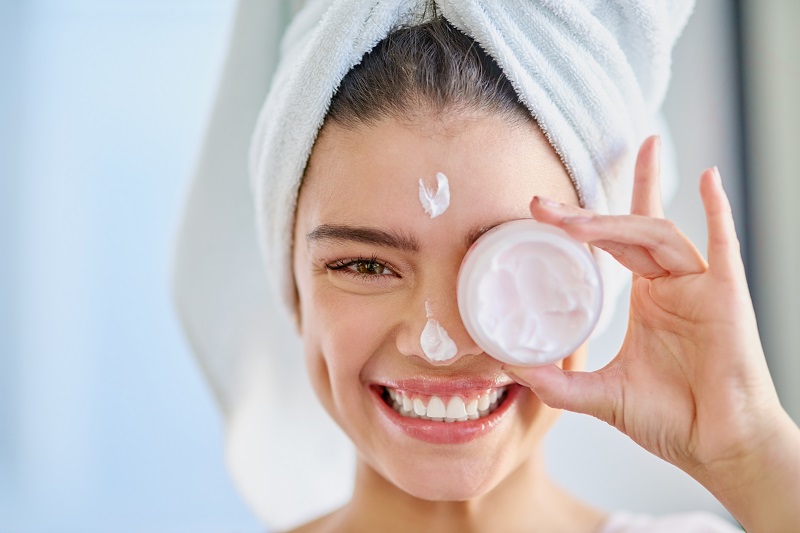CJ Attard Insights
Exploring the latest trends and insights in various industries.
Moisturizer Mayhem: Why Your Skin Cries for Hydration
Discover why your skin craves hydration and unlock the secrets to finding the perfect moisturizer for a radiant glow!
The Science Behind Skin Hydration: What Your Moisturizer Needs to Deliver
The science behind skin hydration is multifaceted, involving various biological and chemical processes that ensure our skin remains supple and youthful. One of the primary components to consider is the stratum corneum, the outermost layer of the skin, which acts as a barrier. This layer is responsible for preventing water loss and protecting against environmental aggressors. Moisturizers must deliver essential ingredients such as humectants, which attract moisture from the environment, and emollients, which smooth out the skin's texture by filling in gaps between skin cells. Together, these components maintain optimal hydration levels, helping to prevent issues like dryness and irritation.
Moreover, a high-quality moisturizer should contain occlusives, substances that form a protective layer on the skin's surface to lock in moisture. Common occlusives include petrolatum and beeswax, which can significantly reduce trans-epidermal water loss. When selecting a moisturizer, it is essential to consider your skin type and specific needs; for instance, those with oily skin may benefit from lightweight, non-comedogenic formulas, while individuals with dry skin may require richer creams. Ultimately, understanding the science behind skin hydration equips consumers to make informed choices about the products they use, ensuring their skin stays hydrated and healthy.

5 Common Mistakes You're Making with Your Moisturizer
Using a moisturizer is essential for maintaining healthy skin, but many people unknowingly make common mistakes that can hinder their results. One of the most prevalent errors is applying moisturizer to dry skin. To maximize the benefits of your moisturizer, it should be applied immediately after cleansing while your skin is still slightly damp. This technique helps to seal in moisture and enhances the effectiveness of the product.
Another mistake is selecting the wrong type of moisturizer for your skin type. For oily skin, a lightweight, oil-free formula is ideal, while those with dry skin should opt for richer creams that provide deeper hydration. Additionally, neglecting to adjust your moisturizer with the change of seasons can lead to skin issues. Always re-evaluate your skincare routine and choose products that match your skin's needs, as this can make a significant difference in achieving a radiant complexion.
Is Your Skin Crying for Help? Signs You Need to Change Your Moisturizer
If your skin feels increasingly dry, tight, or flaky, it may be crying for help. One of the first signs that you need to change your moisturizer is a persistent feeling of discomfort on your skin. A good moisturizer should provide an adequate barrier against moisture loss, so if you find yourself constantly reaching for more product throughout the day, it's time to evaluate what you're using. Look for ingredients like hyaluronic acid or glycerin, which attract moisture, to help quell the thirst of your skin.
Another sign that your current moisturizer may not be serving you right is an increase in breakouts or irritation. If your skin reacts negatively to your moisturizer—be it through redness, itching, or the emergence of acne—it’s crucial to reconsider your choice. A product with heavy oils or irritating fragrances can lead to an unhappy complexion. Instead, opt for non-comedogenic moisturizers that cater to your skin type; for example, lightweight formulas for oily skin and richer creams for dry skin.